Alice’s Adventures in Wonderland. Meeting a frosty reception on its initial release, the book has since become one of the most iconic children’s stories ever. When first published in 1865, the book received largely negative reviews. The surrealist nature of the work was interpreted as utter nonsense by most readers, who found it absurd and incoherent. Over time, and aided by the illustrations provided by John Tenniel, these accusations have evolved into an appreciation of the vividly realised world described by the author. Some of the more bizarre elements of the story – Alice consuming a mushroom which alters her physical state or a talking caterpillar smoking a hookah pipe – have since been interpreted as thinly veiled references to hallucinogenic drugs. As soon as Alice follows the white rabbit, the story becomes increasingly removed from reality. This idea that the book is loaded with thinly veiled drug references was particularly cemented in the 1960s, when bands, musicians and artists associated with the psychedelic movement frequently described imagery and text from Carroll’s books alongside allusions to narcotics. This is most explicit in Jefferson Airplane’s famous song “White Rabbit”, which is saturated with references to characters from Alice’s Adventures in Wonderland. Writing in a time when opium was legal in Britain, there is of course a chance that Carroll was influenced by drug use. However, there is a danger that the story’s adoption into psychedila in the 1960s has distorted perceptions of the original work and its author, reflecting how a more recent cultural interpretation of the book has been projected onto its creator. Lewis Carroll, born in 1832, was a lecturer in Mathematics at Christ Church College, Oxford. Several recurring ailments, including a stammer, partial deafness, and physical deformities affected Carroll’s confidence in dealing and socialising with others. Socially awkward, Carroll was immensely creative in private, not only as a writer but also a photographer. The witty, complex wordplay in his writing, far from being a sign of hallucinations, is often considered to be an example of him applying the rules of logic and mathematics he needed in his day job to manipulate language. Carroll’s inhibitions around adults completely disappeared when in the company of children. He was fascinated by the innocence of youth, and had an ability to tell imaginative, offbeat stories; his diaries are full of references to the friendships he formed with children, especially girls. One in particular, Alice Liddel, the daughter of one of Carroll’s colleagues, became the inspiration for Alice’s Adventures in Wonderland. This obsession with childhood, a desire to capture a fantastic story which could ignite the imagination of a young child, is a much more likely explanation for the fantastical elements of Alice’s Adventures in Wonderland than the author being under the influence of opium. As a BBC article published in 2012 observed, there is no evidence that Carroll himself was a recreational opium user. The book may seem completely disjointed from reality, surreal to the point of being hallucinogenic – especially when compared to other works from the era – but this is because it was aimed at a young audience, inspired by a socially awkward adult’s fascination with the innocent imagination of youth. In recent years Carroll’s relationships with the young girls who he became friends with have been called into question, perhaps fueled by modern cynicism in the wake of recent controversies related to peadophilia, but also backed up by the unearthing of several troubling photographs of nude children in Carroll’s archives. Although there is no clear evidence that Carroll engaged in any inappropriate actions (it is not clear, for instance, if Carroll was the photographer or even owner of the troubling pictures), questions over his conduct have led to further reappraisals of Alice’s Adventures in Wonderland. Alice’s Adventures in Wonderland is a fantastical piece of literature which revels in the joy of youthful innocence. Shifting interpretations of the book however, reveal that its true meanings are still far from understood.
Related Books
Alice’s Adventures in Wonderland
And Through the Looking-Glass and What Alice Found There
by Lewis Carroll


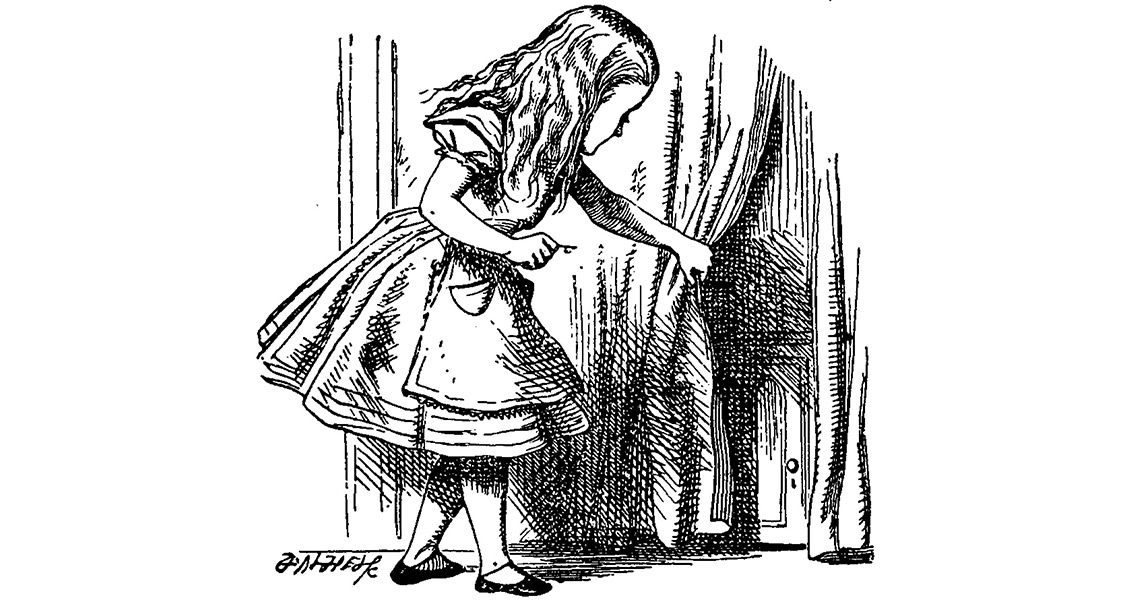

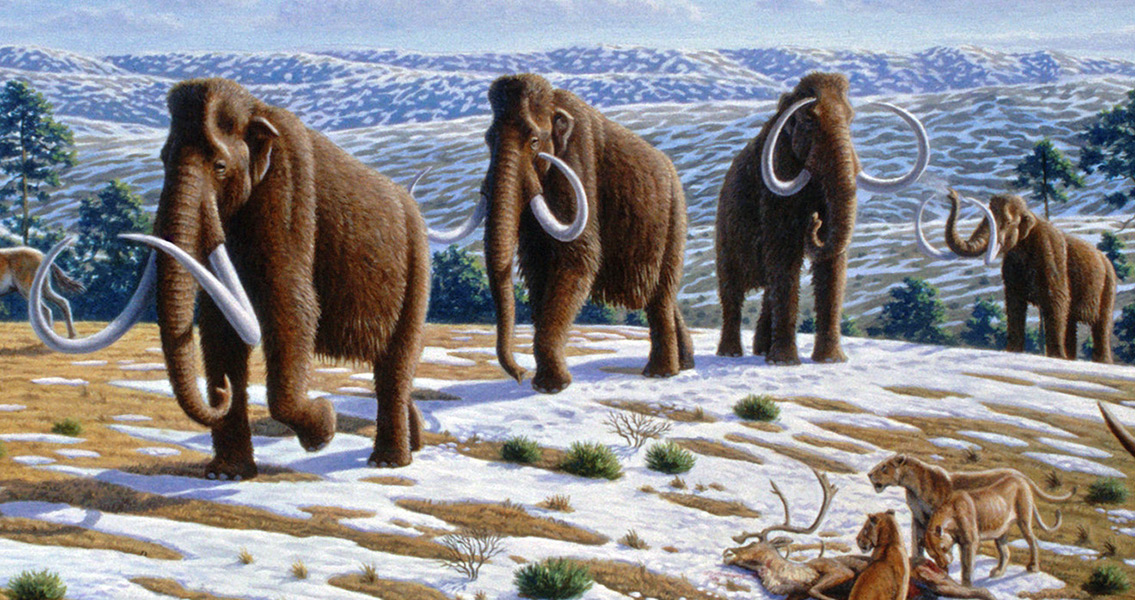
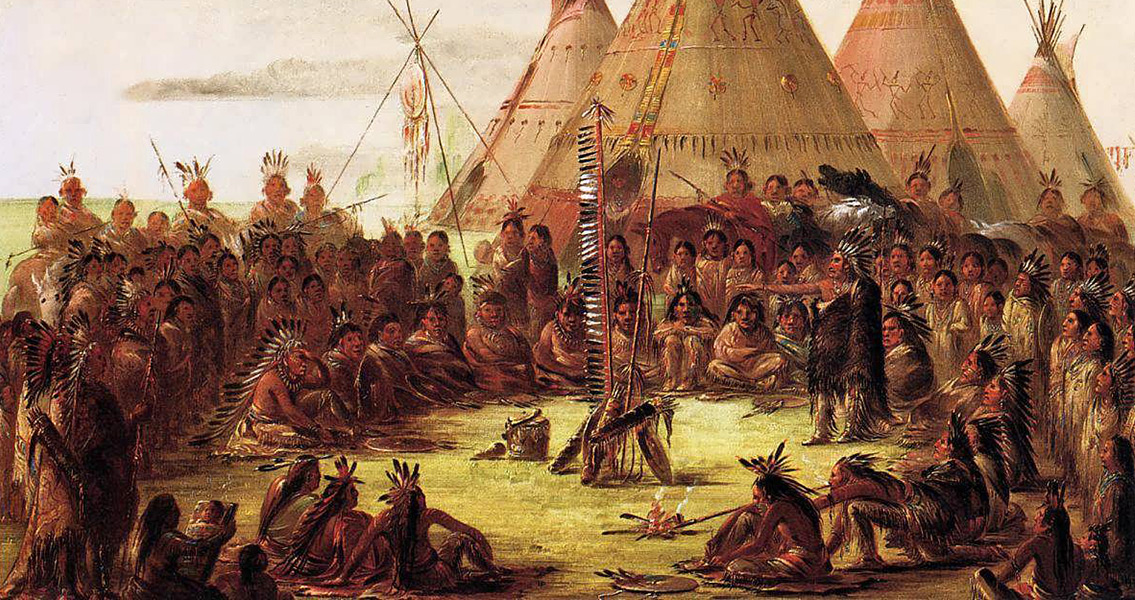
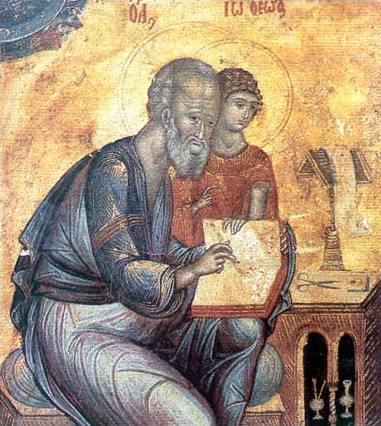
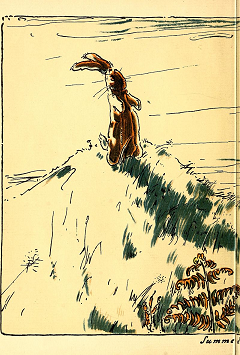
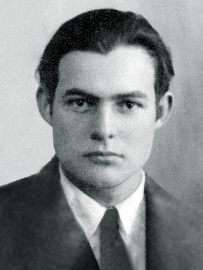
2 Comments
Liz
I took a Childrens’ Literature class in Graduate School and we discussed the concept that all of the characters in the story with the exception of Alice represent the adults in a child’s world. They are depicted as scary, and confusing: the madhatter and others at the tea party, the terrifying queen who was so rigid that if people did not do as told…”off with their heads, the two faced Cheshire Cat, the absent father like the rabbit who didn’t even call Alice by her name, but called her Mary. The whole changes in her size were like adults telling children, “Grow up” or “act your age” or “you’re too small to do that ” . There are many more, but I will leave them up to you to think of.
Michael Heyman
The intent of this article seems admirable (to dispel the ridiculous myths), but it’s clouded in distortions of fact and history (in NewHistorian, no less! Such a shame). Even a little research would go a long way. See Morton Cohen’s biography of Carroll for the facts and some interesting analysis, or the new Edward Wakeling biography.